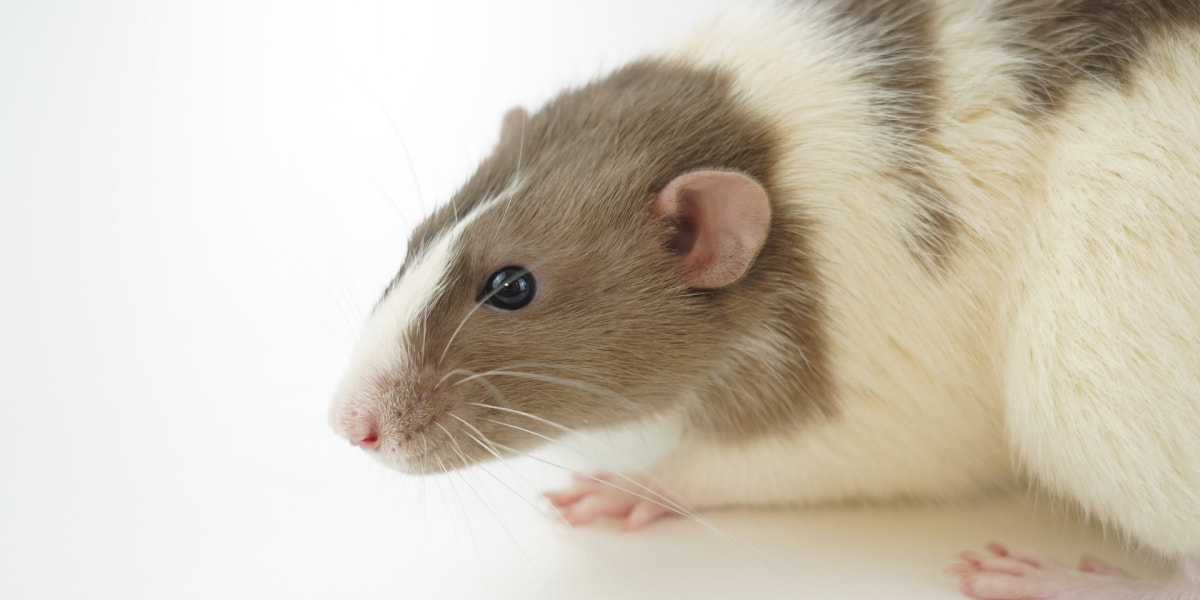What are knockout mice?
Knockout mice have revolutionized the field of genetic research, allowing scientists to gain invaluable insights into the functions of specific genes. These genetically modified mice are created by disabling or “knocking out” a particular gene of interest. By studying the effects of gene loss in these mice, researchers can uncover the gene’s normal function and how its absence may lead to disease or other abnormalities.
The creation of knockout mice involves a meticulous process that begins with the identification of the target gene. Once the gene is identified, scientists employ advanced techniques, such as gene targeting or CRISPR-Cas9, to disrupt or delete the gene in embryonic mouse cells. These modified cells are then used to generate knockout mice through breeding and selection.
Knockout mice have become indispensable tools in genetic research due to their ability to provide valuable information about the role of specific genes in various biological processes. They have shed light on numerous aspects of development, physiology, behavior, and disease, helping scientists unravel the complexities of the genetic code.
Applications of knockout mice in genetic research
The applications of knockout mice in genetic research are vast and diverse. They have been instrumental in elucidating the functions of genes associated with a wide range of diseases, including cancer, neurodegenerative disorders, cardiovascular conditions, and immune system dysfunctions.
In cancer research, knockout mice have been used to study the contribution of specific genes to tumor formation and progression. By selectively targeting oncogenes or tumor suppressor genes, researchers can assess their impact on cellular processes and identify potential therapeutic targets.
Knockout mice have also played a crucial role in understanding the genetic basis of neurological disorders. For example, by creating mice with disrupted genes involved in Alzheimer’s disease, scientists have been able to study the development of amyloid plaques and neurofibrillary tangles, the hallmarks of this devastating condition.
Furthermore, knockout mice have been used to investigate the molecular mechanisms underlying cardiovascular diseases. By deleting genes associated with heart function, blood vessel formation, or lipid metabolism, researchers can simulate disease conditions and explore potential therapeutic interventions.
Breakthroughs in genetic research using knockout mice
The use of knockout mice has led to numerous groundbreaking discoveries in the field of genetic research. One notable breakthrough is the identification of genes responsible for embryonic development. By studying knockout mice with disrupted genes essential for embryogenesis, scientists have unraveled key genetic pathways and mechanisms that drive the formation of tissues and organs during development.
Another significant breakthrough facilitated by knockout mice is the understanding of gene interactions and their role in complex diseases. Knocking out multiple genes in mice and observing the resulting phenotypes has provided valuable insights into how genes interact and modulate each other’s functions. This knowledge has proven crucial in deciphering the genetic basis of multifactorial diseases, such as diabetes and obesity.
Moreover, knockout mice have been instrumental in elucidating the genetic factors underlying drug metabolism and toxicity. By creating mice lacking specific drug-metabolizing enzymes or drug transporters, researchers can assess the impact of these genes on drug efficacy and safety. This knowledge has paved the way for personalized medicine and the development of targeted therapies.
Limitations and challenges of using knockout mice
While knockout mice have revolutionized genetic research, they do have limitations and present certain challenges. One limitation is the potential for compensatory mechanisms that can mask the effects of gene loss. In some cases, other genes may compensate for the loss of the targeted gene, making it difficult to observe phenotypic changes.
Another challenge is the potential for off-target effects when using gene-editing techniques such as CRISPR-Cas9. Although highly specific, these techniques can sometimes inadvertently affect other genes, leading to unintended consequences and confounding experimental results.
Furthermore, knockout mice may not always accurately reflect human physiology and disease. While mice share many genetic similarities with humans, there are also important differences that can limit the translatability of findings. Therefore, caution must be exercised when extrapolating results from knockout mouse studies to human biology.
The future of knockout mice in genetic research
Despite their limitations, knockout mice will continue to play a pivotal role in genetic research in the coming years. As gene-editing techniques become more refined and precise, the generation of knockout mice will become faster and more efficient. This will enable researchers to study a wider range of genes and explore their functions with greater accuracy.
Additionally, advancements in mouse models, such as the development of humanized mice with human genes inserted, will enhance the relevance of knockout mouse studies to human biology. These models will provide a platform for investigating human-specific diseases and drug responses, bridging the gap between preclinical research and clinical applications.
In conclusion, knockout mice have revolutionized the field of genetic research by allowing scientists to dissect the functions of specific genes. Their applications are vast and diverse, ranging from disease modeling to unraveling complex genetic interactions. While they have limitations and challenges, knockout mice will undoubtedly continue to drive breakthroughs in genetic research, leading to a deeper understanding of human biology and the development of novel therapies.
